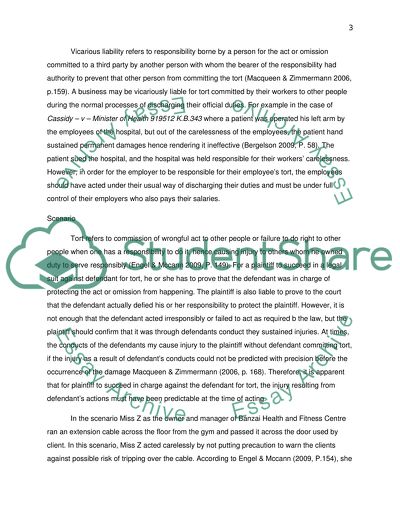Cite this document
(“Aspects of Contract and Negligence for Business Essay”, n.d.)
Aspects of Contract and Negligence for Business Essay. Retrieved from https://studentshare.org/law/1473814-aspects-of-contract-and-negligence-for-business
Aspects of Contract and Negligence for Business Essay. Retrieved from https://studentshare.org/law/1473814-aspects-of-contract-and-negligence-for-business
(Aspects of Contract and Negligence for Business Essay)
Aspects of Contract and Negligence for Business Essay. https://studentshare.org/law/1473814-aspects-of-contract-and-negligence-for-business.
Aspects of Contract and Negligence for Business Essay. https://studentshare.org/law/1473814-aspects-of-contract-and-negligence-for-business.
“Aspects of Contract and Negligence for Business Essay”, n.d. https://studentshare.org/law/1473814-aspects-of-contract-and-negligence-for-business.


